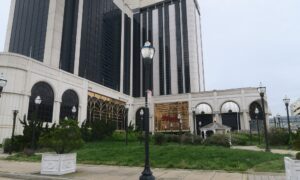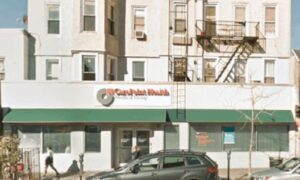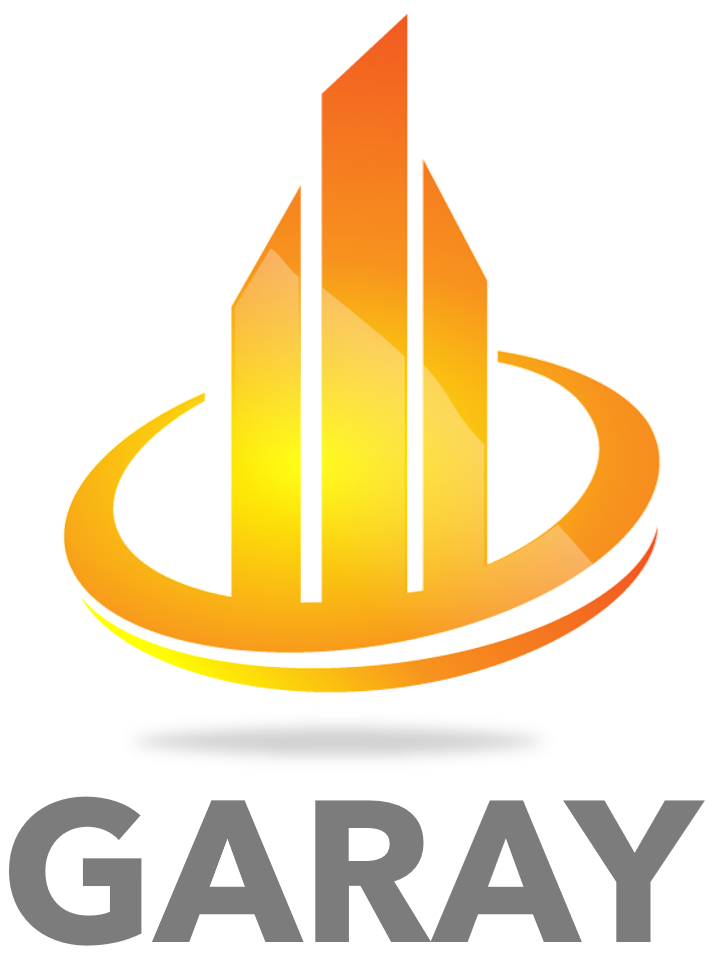What is a Cap Rate?
When purchasing an investment property, many investors look at the Cap Rate. This is short for Capitalization Rate. This calculation is the following:
Capitalization Rate = Sales Price/NOI
For example, if the purchase price is $10 Million and the Net Operating Income is $1 Million, the Cap Rate will be 10%. This would be an excellent investment as this return is higher than you can typically generate from the stock market or some form of mutual fund.
Often times, the higher the Cap Rate, the more enticing the property may be for an investor. It provides a snapshot of the investment return on an all cash basis.
While the Cap Rate may be an excellent indicator as to the attractiveness of the property, it may not take into account the following:
- Appreciation – If the cap rate is high, but the property has little opportunity to appreciate, it may not be a wise investment purchase
- Location – Some properties may have high cap rates, but the location is poor. This means the property is less stable as an investment
- Financing – The cap rate can vary depending on how much financing you are obtaining for the specific property. Are you financing 30%? 50%? This will all greatly impact your ROI (Return on Investment)
Investors like to gush over the Cap Rate of the property and it is an excellent way to analyze a property, but we must always take into account the complete picture of the transaction.
We may even find a property that has zero cap rate because it is underdeveloped, but has a projected income or cap rate of a specific amount.
In Manhattan, properties are typically trading at 3.5%-4% Cap Rate. If you search areas of Brooklyn, the Cap Rate may rise between 6%-8% depending on the neighborhood.
To further discuss all your investment options and criteria for a property you be reviewing, please contact us at garayrealestate@gmail.com







